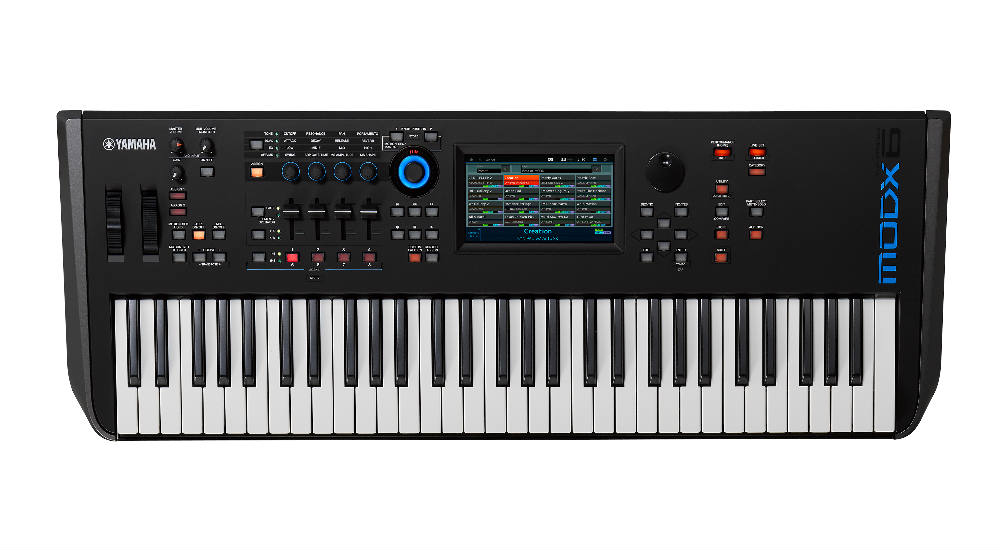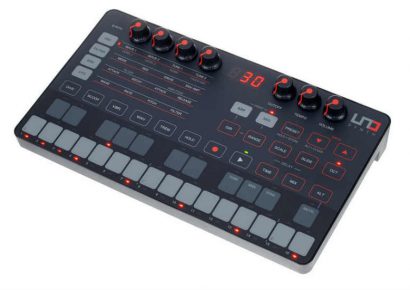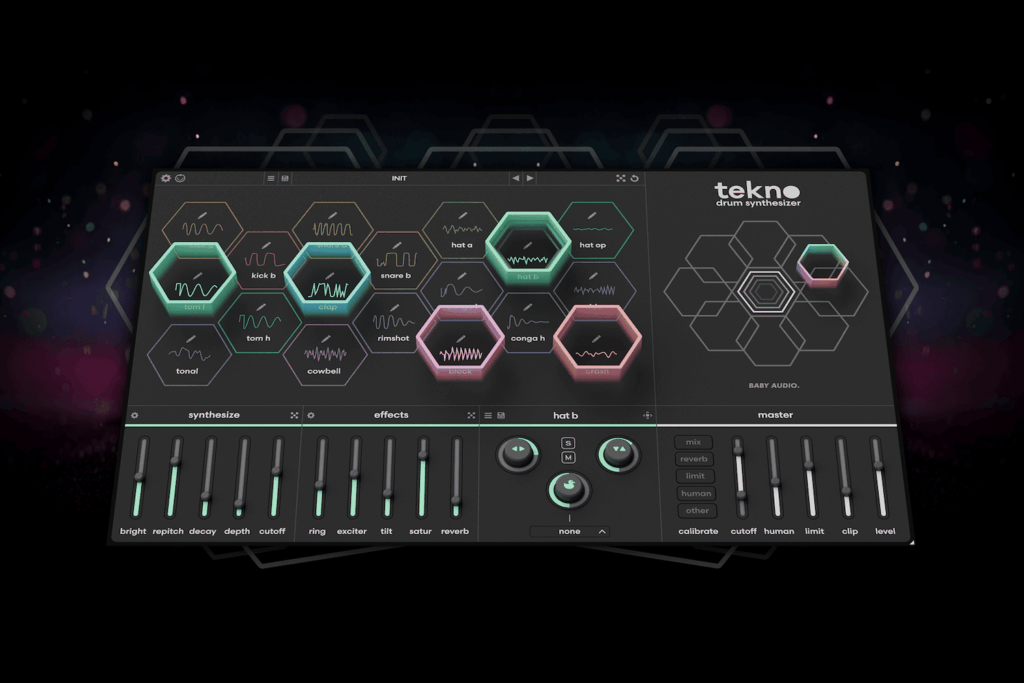The new MODX6 is not the only model available from Yamaha in this new synthesiser engine, with three models in the range to suit most keyboard players’ needs. The MODX6, which I had the chance to test out this month, is the smallest of the three, with 61 touch sensitive semi-weighted keys and a housing that is just wider than the key bed itself to keep it as compact as possible. Then there is a 76-note version in the MODX7. Finally, the big boy with 88 notes, featuring Yamaha’s Grand Hammer Standard action, is ideal for those wanting a piano feel. But best of all, the MODX8 doesn’t jump up in weight too dramatically as many hammer action keyboards can do, making it a very realistic option for gigging with. Of course, the name certainly suggests something about what is going on under the hood of these synthesisers, with the engine being a combination of the Advanced Wave Memory engine found in the Montage range, the ‘MO’ in the title, and FM-X synthesis, explaining the ‘DX’ in the title. It’s a bit of a ‘best of both worlds’ engine that leaves the user with a lot of great options in sound and control.
It’s hard to describe all that is on offer within the engine of the MODX6 without keeping you all here for weeks. There is so much happening in the preset sounds alone. They’re built from layers of certain sounds taken from the AWM2 and FMX engines, combined to create the overall patch. On top of this, Yamaha have introduced a feature called Motion Sequences, which allows you to record the movement of all manner of controllers into a sequence pattern and apply these to notes automatically when they are played. The large full-colour LCD screen on the MODX6 makes it easy to get into the guts of this feature and really see what is going on when you build your own sequences. Right out of the box, there are pre-built Motion Sequences on the patches ready to go, so all the hard work is taken out of your hands.
When you engage these Motion Sequences while playing a note or chord, you get to make use of the glowing rotary controller on the top panel known as the Super Knob. This is where it gets really exciting as seemingly simple patches come to life when you move the knob and engage all manner of filters, effects, sequences and additional sounds as part of the overall patch. Best of all, the Super Knob can be left untouched if you need to play with both hands, as this feature can be controlled with an expression pedal for dynamic and creative hands-free modulation.
All three models offer the same feature set, with the identical top panel controls. The difference is found in the size of the casing and the number, and the type of keys on offer. If you need to move from one sized MODX to another for different projects, you’ll be right at home on any of the three. Furthermore, Yamaha offer a range of sturdy gig bags with roller wheels to suit each of these keyboards. Now, you can have a travel option for your MODX that actually fits the unit, rather than some oversized generic bag that doesn’t offer any protection. It’s clear to see that Yamaha have thought through every element of the MODX range with, as always, the musician in mind.


